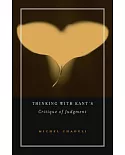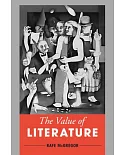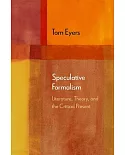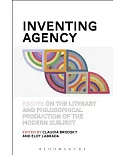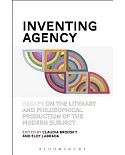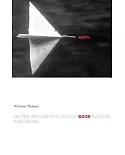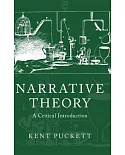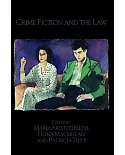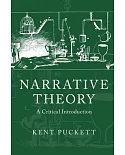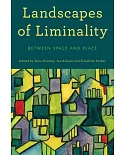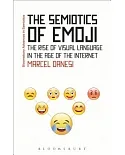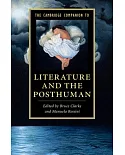Mimesis, the notion that art imitates reality, has long been recognized as one of the central ideas of Western aesthetics and has been most frequently associated with Aristotle. Less well
documented is the great importance of mimetic theories of literature, theater, and the visual arts during the Renaissance and the Enlightenment. In this book, the most comprehensive overview of
the theory of mimesis since Auerbach's monumental study, Gunter Gebauer and Christoph Wulf provide a thorough introduction to the complex and shifting meanings of the term. Beginning with the
Platonic doctrine of imitation, they chart the concept's appropriation and significance in the aesthetic theories of Aristotle, Moli癡re, Shakespeare, Racine, Diderot, Lessing, and Rousseau.
They examine the status of mimesis in the nineteenth-century novel and its reworking by such modern thinkers as Benjamin, Adorno, and Derrida. Widening the traditional understanding of mimesis
to encompass the body and cultural practices of everyday life, their work suggests the continuing value of mimetic theory and will prove essential reading for scholars and students of
literature, theater, and the visual arts.


